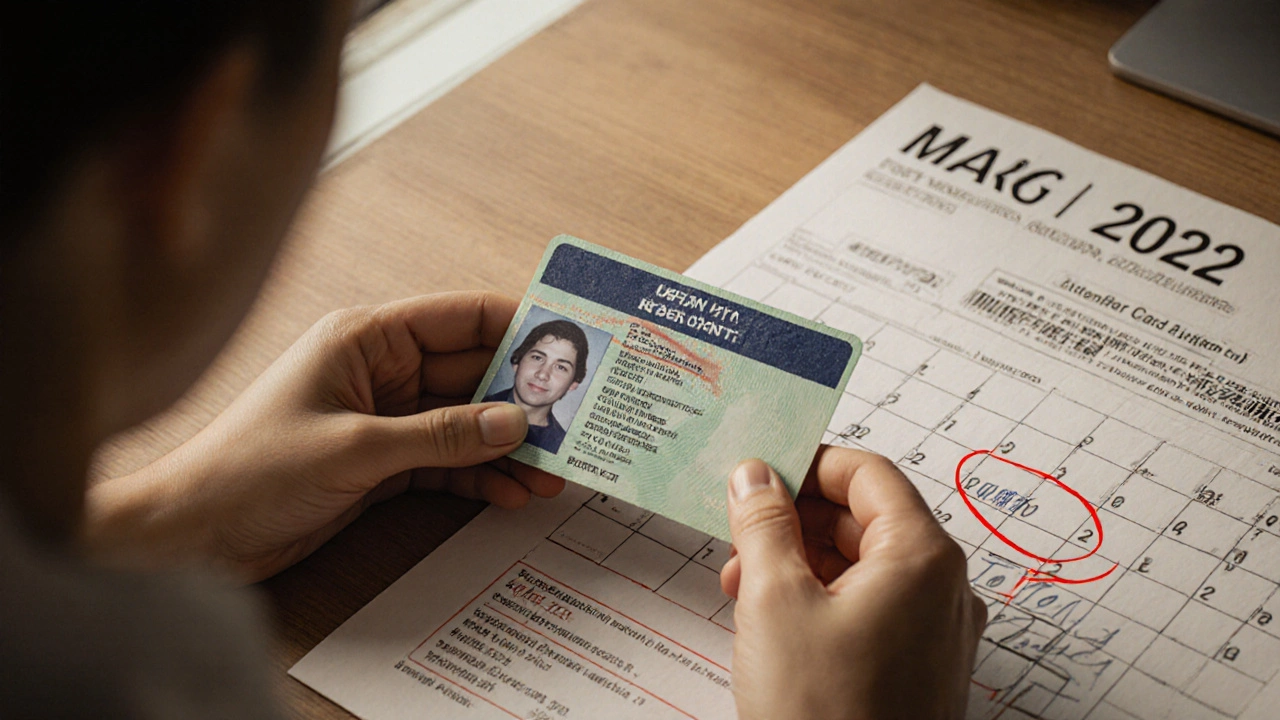Property Registration: A Simple, No‑Stress Guide
Got a new flat, a plot of land, or a house you just bought? The next thing on your checklist should be property registration. Skipping it can mean legal headaches, loss of ownership, and trouble selling later. Let’s walk through why registration matters and how you can get it done without the usual confusion.
Why Register Your Property?
First off, registration proves you’re the legal owner. It protects you from disputes, fraud, and unwanted claims. In India, a registered title is the only document courts accept when you need to prove ownership. It also unlocks benefits like taking a home loan, transferring the property later, and paying lower stamp duty in some states.
Another perk is that registration creates a public record. Anyone can check who owns a piece of land, which adds transparency to the market. This helps you and future buyers avoid shady deals.
Step‑by‑Step Property Registration Process
1. Gather the essential documents. You’ll need the sale deed, title certificate, tax receipts, NOC from the society or local authority, and identity proof for both buyer and seller. If the property is under construction, the builder’s completion certificate is also required.
2. Verify the title. Before you sign anything, get a title search done at the sub‑registrar’s office or online portal. It confirms that the seller actually owns the land and that there are no pending liens or disputes.
3. Pay the stamp duty and registration fee. The amount varies by state—some charge a flat rate, others a percentage of the property value. Many states now allow online payment through the state’s revenue department website, which saves a trip to the bank.
4. Book an appointment at the Sub‑Registrar Office (SRO). With COVID‑19, most SROs have an online slot system. Choose a convenient date, upload scanned copies of your documents, and pay the service fee if the portal asks.
5. Appear for the registration. Bring the original documents, two witnesses, and the payment receipt. The registrar will read out the sale deed, both parties will sign, and the deed gets stamped. You’ll receive a certified copy within a few days.
6. Update the revenue records. After registration, the new owner must inform the local municipal office to update property tax records. This prevents future tax notices being sent to the previous owner.
7. Keep everything safe. Store the certified copy in a fire‑proof safe or digital vault. Many people also register the deed on blockchain‑based platforms for an extra layer of security.
That’s the whole process in a nutshell. It may look like a lot, but breaking it down step by step keeps it manageable.
Quick tips to avoid common pitfalls:
- Double‑check the land’s encroachment status before signing.
- Never hand over money before you have a written agreement and the seller’s PAN.
- Use a reputable lawyer or a trusted online service for title verification.
- Keep digital backups of every receipt and document.
Registering your property is a one‑time effort that pays off for years. With the right documents, a bit of patience, and these clear steps, you’ll lock down your ownership without the usual stress.







